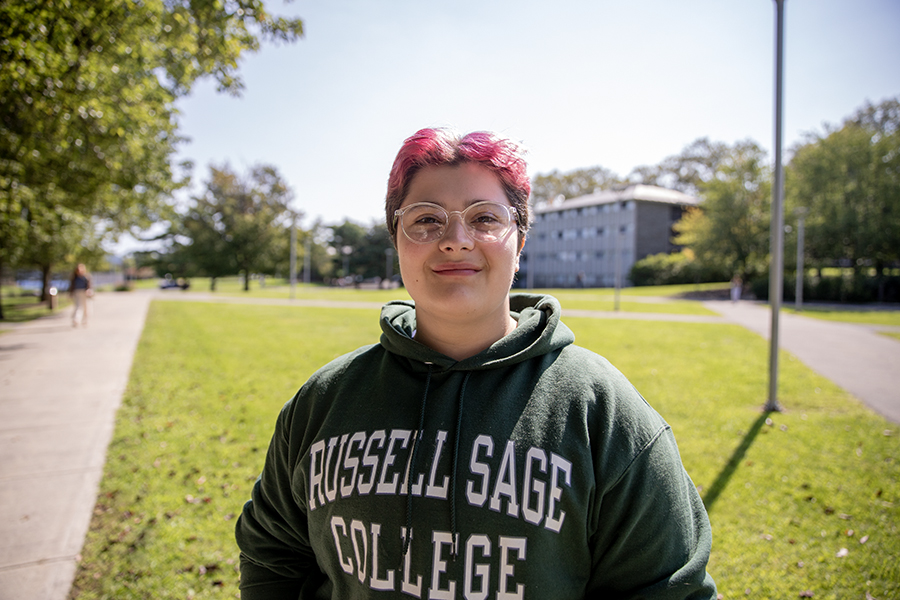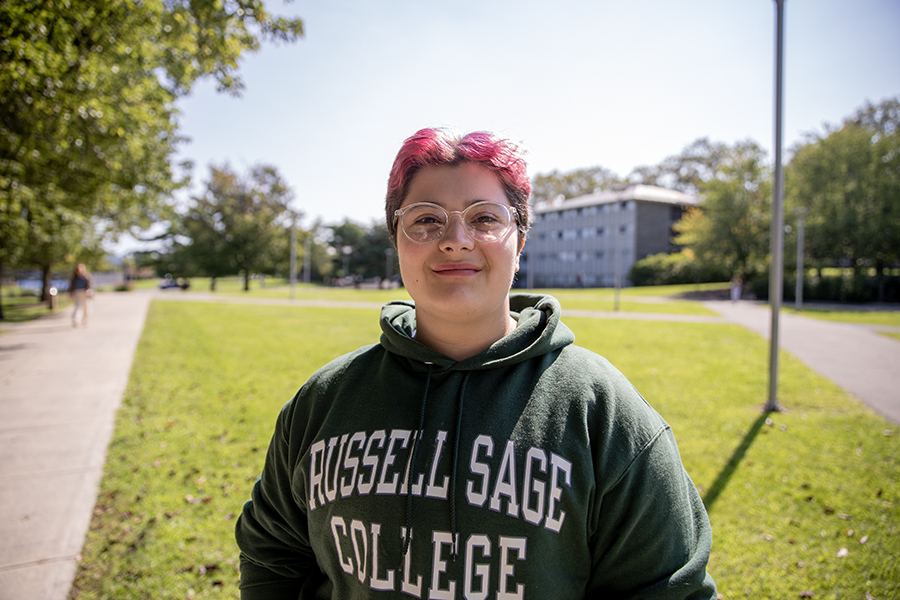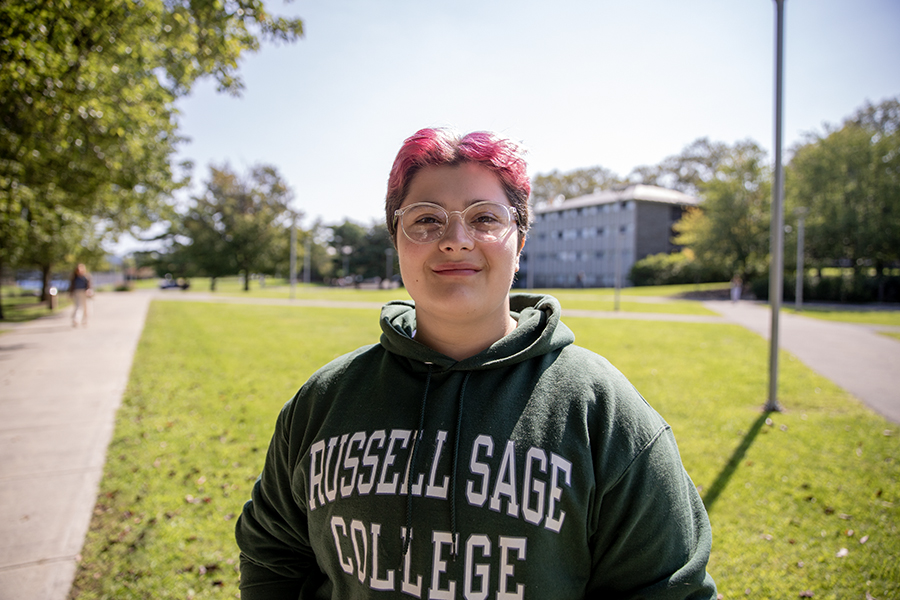It is part of a college’s job to ensure that its students’ basic needs are met while they are in pursuit of their degree. This includes safety, housing, mental wellness, physical health and nutrition. Roughly 10% of all U.S. households experience food insecurity, but among undergraduate students, that statistic doubles. Why are 22.6% of all undergraduate students in the U.S. experiencing food insecurity, and what can be done to fix it?
Unfortunately, the biggest contributor to this systemic issue is one that conversations about education always seem to center around: tuition cost. At Ithaca College, a single semester’s tuition is $26,000. A meal plan will cost you, on average, $3,500 a semester. Plain and simple, these are natural deterrents. Students faced with overwhelming costs and mounting debt do not want to pay thousands of dollars a semester for food. This is why students with limited resources are struggling.
The rhetoric surrounding diet and nutrition when it comes to college students is also harmful. Many have heard jokes about students surviving off ramen noodles or pizza. Though these low-cost foods are not inherently bad, they do not provide the nutrition or variability necessary for a healthy diet. Students who have not grown up with healthy role models or good quality health education may not be aware of the harm they are doing to their physical and mental health by not supplying their bodies with the proper nourishment.
Additionally, students who do not have a dining hall located close to their dorms might struggle to adequately feed themselves. Those who are already busy with a full schedule may not be able to make enough trips to the dining hall each day. Unhealthy rhetoric, sparse health education and stress contributes to college students being undernourished.
Just like many other institutional issues, food insecurity among undergraduate students affects people of color at a notably higher rate. In a study published in 2023, the rate of food insecurity for white students was 18%, while the rate for Black students was a whopping 34.6%. If a problem is disproportionately affecting minority populations, it deserves a closer look.
The best way to reduce food insecurity for undergraduate students is by providing food sources that are accessible, affordable and nutritious. Lowering both the cost of tuition and the cost of meal plans would allow students to take advantage of these programs without feeling like they have to deprive themselves of their basic human needs. Postsecondary educational institutes should also focus on the accessibility of their dining halls, making sure that students all over campus have equitable access to food. Lastly, a concerted effort to make meals nutritious and enjoyable will aid students in making healthier choices.
As with most societal issues, acknowledgement and education are important to reducing food insecurity among undergraduate students. The way these issues have a greater effect on students of color should be acknowledged and given direct focus. Beyond education, however, are the actionable steps both students and institutions can take. As students, we should keep an eye on our friends and offer help when we can. Institutions have the more complex task of alleviating food insecurity within their student body. It is not a simple or easily surmountable problem, but it is a crucial one in the world of higher education.













